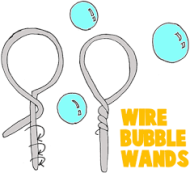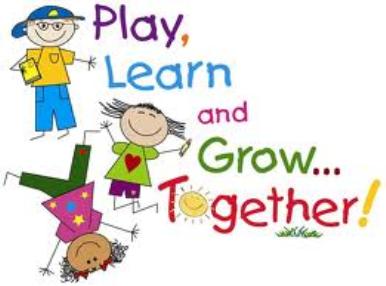This is one of my favorite fun snack activities. It provides many opportunities for learning. I always put the mix in one plastic bag and then put it inside another one (double bag), to help prevent accidents, such as holes in the bag. I pass it around the classroom and let the children discuss how it feels, what it looks like and how they think it will be when they finish. This is a great time to talk about temperature, texture, changes from liquid to more solid, make predictions, and learn about milk.
I have found some small ice cream cones in a local grocery store that is the size of your thumb. When the pudding thickens up, I snip one corner of the plastic bag and squeeze the pudding into the cone. A simple recipe that is also a fun activity. I usually use 2% milk if I do not have powered milk on hand. So shake it up and have some fun!!
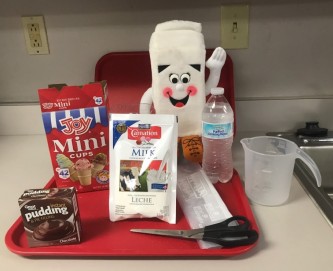
Assemble & set up ingredients
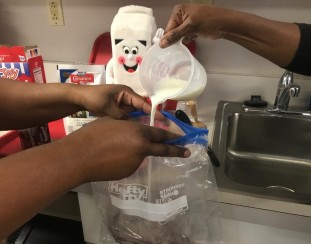
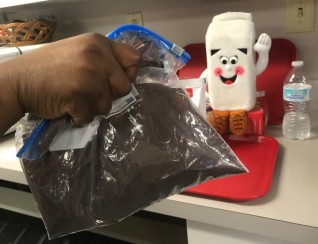
Put pudding in bag & add milk. Seal bag & shake.
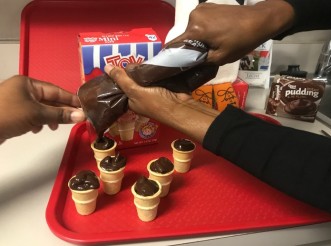
Snip the end of the bag & squeeze into mini ice cream cups.
Enjoy!!

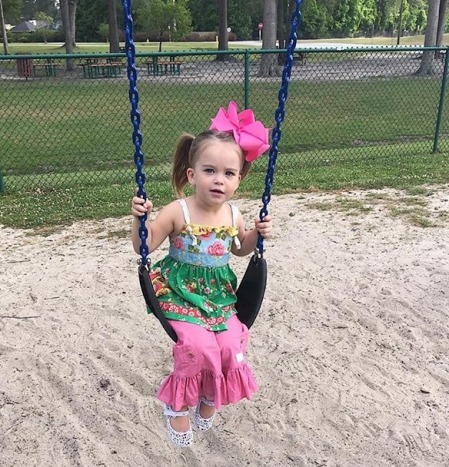
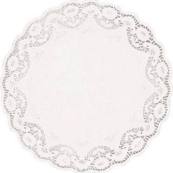
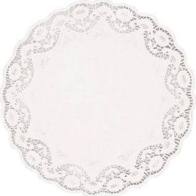
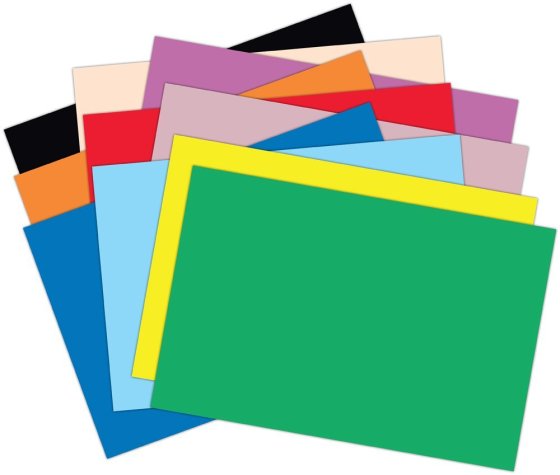
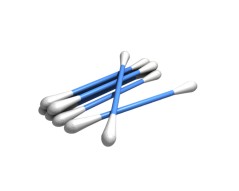
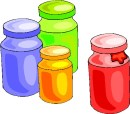
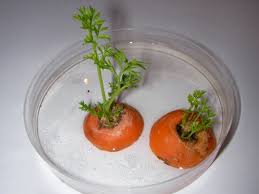
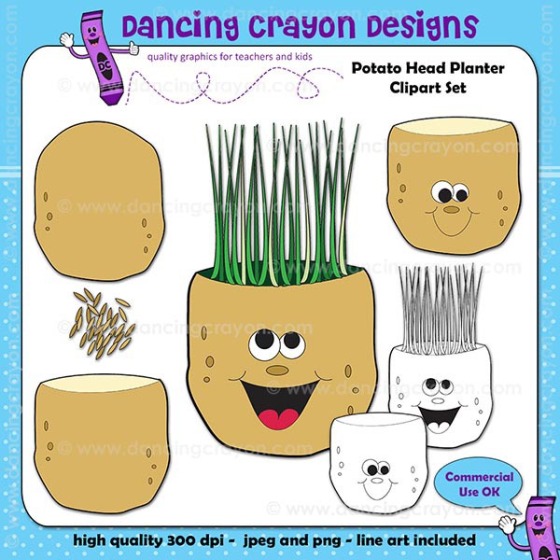
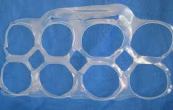
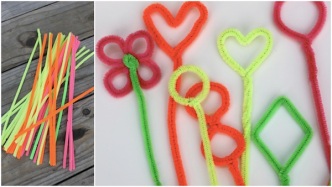 bubble wand take one end of a pipe cleaner and bend it to form a circle approximately the size of a quarter or any size you desire. Twist it together tightly so it stays locked in place. This is a fun activity where you children can make their own wands. Let them be creative, check to ensure they are together tightly and let the fun begin!!
bubble wand take one end of a pipe cleaner and bend it to form a circle approximately the size of a quarter or any size you desire. Twist it together tightly so it stays locked in place. This is a fun activity where you children can make their own wands. Let them be creative, check to ensure they are together tightly and let the fun begin!!